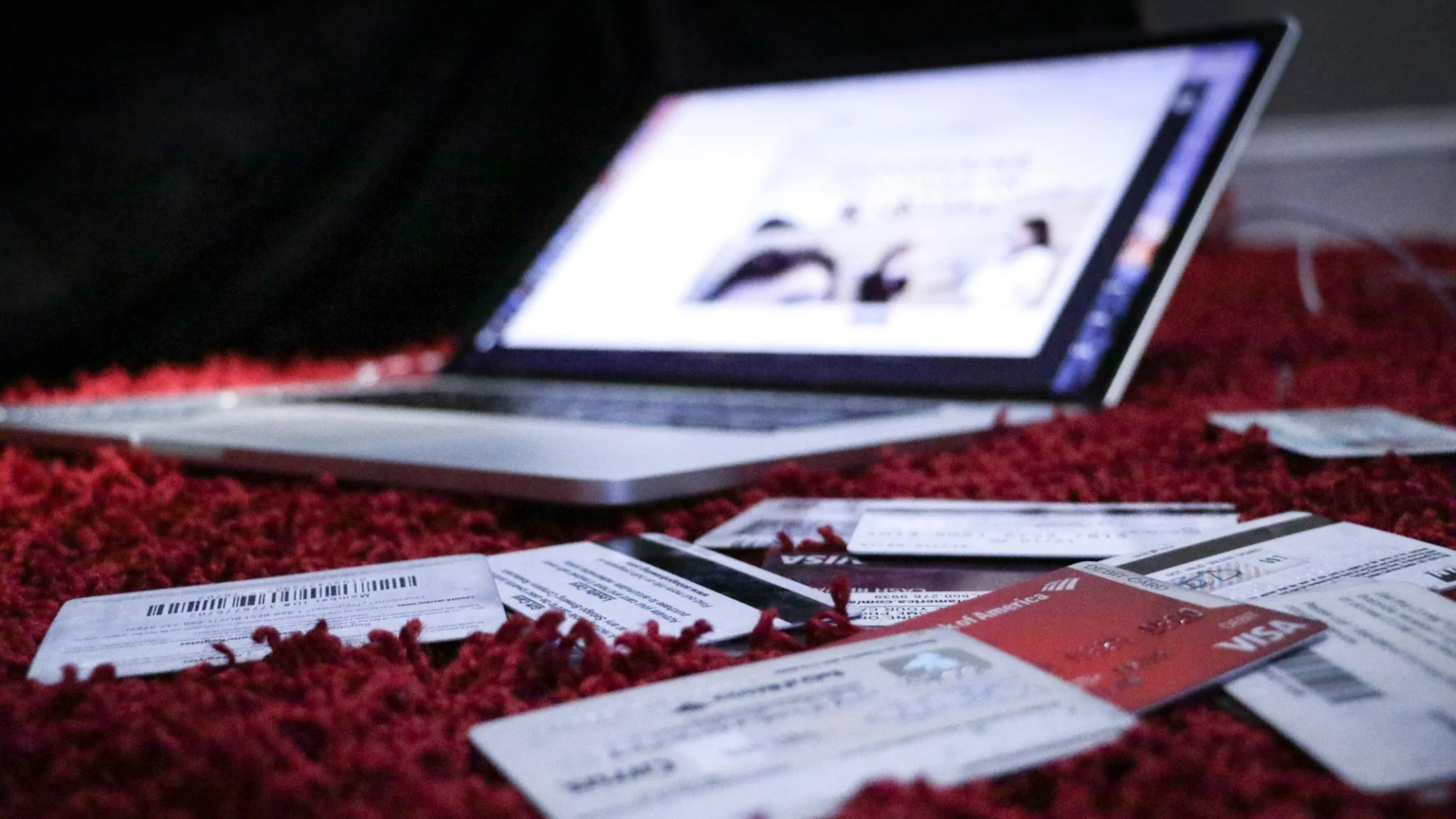- What launched: Nike unveiled Project Amplify, its first powered footwear system—robot‑assisted shoes that add propulsive assistance to your stride. The device uses a calf‑cuff battery, a motor and drive belt that integrate with a carbon‑plated running shoe. About Nike
- Who it’s for: Nike says Amplify is aimed at everyday runners and walkers (roughly 10–12‑minute miles), not elites—“in effect, a second set of calf muscles.” The Verge
- Mobility angle: Reuters reports the motorized system is intended to help casual athletes and people with mobility impairments move faster. Reuters
- Status & timeline: Nike says the system is still in testing with 400+ participants (over 2.4 million steps) and targets a consumer launch “in the coming years.” Some outlets who tested prototypes say it could arrive as early as next year under a new name—so timing remains fluid. The Verge
- How it feels: “Think of it as an e‑bike for your feet,” says Nike VP Michael Donaghu. Nike adds that hills can feel “like moving on flat ground.” Fast Company
- The partner behind the robotics: Nike co‑developed Amplify with Dephy, whose ExoBoot ankle exoskeleton has been used in university labs and was the first untethered ankle exo shown to lower the energy cost of walking below normal walking. Dephy
- What we don’t know: Price, exact weight, battery life and final model name. Nike has not announced competition eligibility; powered aids are generally prohibited in sanctioned races under World Athletics “mechanical aids” rules. About Nike
- Why it matters: Lightweight exoskeleton research shows meaningful energy savings and speed gains—one Stanford team found optimized assistance let people walk 9% faster using 17% less energy. AI‑trained controllers are improving, too. engineering.stanford.edu
- Context: Roughly 12.2% of U.S. adults report a mobility disability (serious difficulty walking or climbing stairs), underscoring the potential impact if pricing and access are handled equitably. CDC
What Nike just launched — and why it’s bigger than a sneaker drop
The announcement. On October 23, 2025, Nike introduced Project Amplify, calling it the world’s first powered footwear system for running and walking. The first‑gen prototype pairs a carbon‑fiber‑plated shoe with a removable ankle module housing a motor, drive belt and rechargeable cuff battery. You can wear the shoe with or without the robotics attached. Nike positions Amplify for everyday movement—jogs, commutes, and walks—rather than record‑chasing speedwork. About Nike
Who it’s for. Nike’s press materials and early hands‑on reports emphasize the 10–12‑minute‑mile user, describing the assistance as “a second set of calf muscles.” That framing mirrors independent coverage likening Amplify to an e‑bike: a system that helps you go the same speed with less effort, or a bit faster at the same effort. The Verge
The mobility promise. Reuters notes Nike is “working on a motorized footwear system to help casual athletes and mobility‑impaired people move faster,” an unusual mainstream positioning for robotized footwear. If pricing, sizing and distribution are inclusive, Amplify could meaningfully expand access to walking and running for the large share of adults who live with mobility limits. Reuters
“Our job is to dream big while keeping athletes at the center,” says Michael Donaghu, VP for Create The Future. About Nike
How the tech works (so far)
The cuff‑mounted battery powers a compact motor and drive belt that assist ankle plantarflexion—boosting your push‑off phase, which is where your calf/Achilles normally do a lot of work. The system runs motion algorithms trained at the Nike Sport Research Lab and is tuned for natural‑feeling timing so the help arrives when it’s most useful. Early testers say the module detaches quickly, leaving a standalone shoe. About Nike
Donaghu’s shorthand—“an e‑bike for your feet”—captures both the goal and the constraints: you still walk or run yourself, but the hardware adds a gentle, timed push. Fast Company
What the science says about robotic assistance
There’s a deep research base suggesting devices like Amplify can help people go farther and feel less fatigued:
- Stanford Engineering has shown that optimized ankle exoskeleton assistance can let people walk 9% faster with 17% less energy. As Prof. Steve Collins put it: “Optimized assistance allowed people to walk 9% faster with 17% less energy expended.” engineering.stanford.edu
- NC State’s Hao Su showed an AI‑trained portable exoskeleton could reduce metabolic energy by 24.3% (walking), 13.1% (running) and 15.4% (stairs) versus no exo at all, while learning to assist without lengthy user training. “The key idea…is [the exoskeleton] learning how to help people…in a computer simulation, without requiring any experiments.” NC State News
- Dephy’s ExoBoot, which underpins Nike’s collaboration, is widely used in labs and has been credited as the first untethered ankle exo to lower the energy cost of walking below normal walking—an important benchmark for real‑world use. neurobionics.robotics.umich.edu
None of this guarantees Amplify’s consumer version will hit lab‑grade results. But it explains why Nike is investing here: small, well‑timed boosts can translate into less fatigue, more distance, and better adherence for everyday movement. About Nike
Accessibility & equity: lessons from FlyEase
Nike has meaningful history designing for accessibility (e.g., GO FlyEase, a hands‑free shoe with a bi‑stable hinge). But that 2021 launch also drew criticism after limited stock and resale markups made an “accessible” product hard to access for disabled buyers. If Amplify is to fulfill its promise for limited‑mobility users, availability, sizing, support and price must be addressed early. About Nike
Will powered shoes be allowed in races?
Probably not. World Athletics prohibits the “use of any mechanical aid,” unless specifically authorized for athletes with impairments under its Mechanical Aids Regulations. That means Amplify is likely training‑ and everyday‑use only, not marathon‑legal. Local road races also routinely ban motorized devices for safety. worldathletics.org
How Amplify compares to other “powered” footwear
- Moonwalkers (Shift Robotics) are motorized, wheeled shoes that effectively turn sidewalks into “moving walkways” up to ~7 mph. They’re about speeding up walking, not assisting your biomechanics the way Amplify does.
- Hypershell is a hip‑mounted consumer exoskeleton that pushes off at the hips and thighs. Early reviews describe effort reduction on climbs, but it’s a different form factor and not a shoe.
Amplify’s key differentiator is integration: a shoe‑plus‑ankle system from a major athletic brand, designed to feel like “just a bit more muscle” in your calves rather than wheels or a backpack‑style exo.
The roadmap: what’s confirmed, what’s contested
- Confirmed by Nike: still in testing; consumer launch in the coming years; targeted at 10–12‑minute miles for running/jogging/walking; removable module; developed with Dephy.
- Media hands‑on reports: Some testers say Nike is aiming as soon as next year (with a new name) and mention ~10 km per charge and 15–20% “energy increase”, but those figures aren’t on Nike’s site—treat as provisional.
- Release timing uncertainty: Reuters characterizes the release as “several years away,” reflecting the engineering and regulatory work ahead. Expect iteration.
Expert voices (short quotes)
- Michael Donaghu, Nike: “Our job is to dream big while keeping athletes at the center.”
- Michael Donaghu, on what it is: “Think of it as an e‑bike for your feet.”
- Steve Collins, Stanford Engineering: “Optimized assistance allowed people to walk 9% faster with 17% less energy expended.”
- Hao Su, NC State: “The key idea…is [the exoskeleton] learning how to help people…in a computer simulation, without requiring any experiments.”
- Nike press release (intent): Amplify aims to help “everyday athletes…go faster and farther with less effort”—“a second set of calf muscles.”
(All quotes trimmed to keep within fair‑use limits.)
Safety, regulation & classification
Medical rehab exoskeletons in the U.S. are regulated by the FDA as Class II devices (21 CFR 890.3480). Amplify is being introduced as consumer “powered footwear,” but the FDA framework shows how agencies think about powered assistance on legs. Separately, race governing bodies (see above) treat such powered assistance as a mechanical aid and prohibit it in competition.
Bigger picture: why this could matter for limited mobility
The CDC estimates 12.2% of U.S. adults have a mobility disability (serious difficulty walking/climbing stairs). If products like Amplify come to market at accessible prices, with reliable fit, training and service, they could help more people walk farther, more often—which is a powerful driver of health and independence. But access, affordability and repairability will determine whether this is an inclusive breakthrough or a luxury niche.
What to watch next
- Final specs: weight on foot, battery range, charging and water resistance ratings.
- Pricing & coverage: Will insurers or health systems ever subsidize consumer mobility‑assist footwear, or will this remain self‑pay? (No announcements yet.)
- Rollout strategy: After past lessons (e.g., FlyEase scarcity/resale), watch how Nike handles inventory and eligibility if it actively markets to people with limited mobility.
- Eligibility in events & venues: Expect race bans to continue; gyms, workplaces and public spaces may set their own rules until norms emerge.
Sources & further reading
- Nike newsroom: hardware overview, target user, testing status.
- The Verge: target pace, “second set of calf muscles,” development context.
- Reuters: mobility‑impaired positioning and multi‑product announcement context.
- Fast Company: first‑drive impressions, early range/timing claims.
- Stanford Engineering & NC State: peer‑reviewed basis for energy savings and AI control.
- Dephy background: ExoBoot and metabolic cost milestones.
- Regulatory context: FDA Class II powered exoskeleton definition; World Athletics’ mechanical‑aid prohibition.
- Comparators: Moonwalkers (wheeled motorized shoes); Hypershell (hip exoskeleton).
- FlyEase lessons: press release and coverage of post‑launch accessibility controversies.
Editor’s note: This story reflects information current as of October 27, 2025. Several details (price, release date, battery range) are not yet finalized by Nike; some third‑party claims differ, so we’ve highlighted them as unconfirmed pending official specs.

















